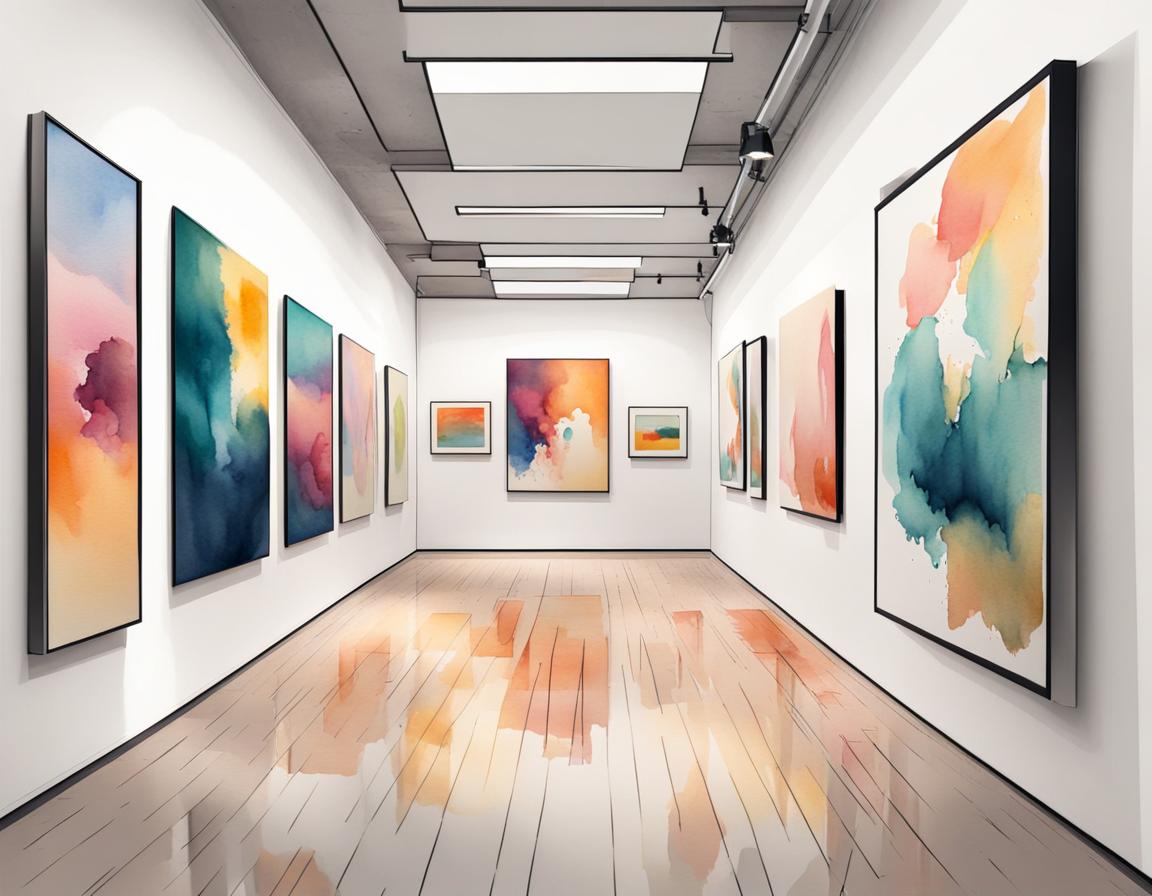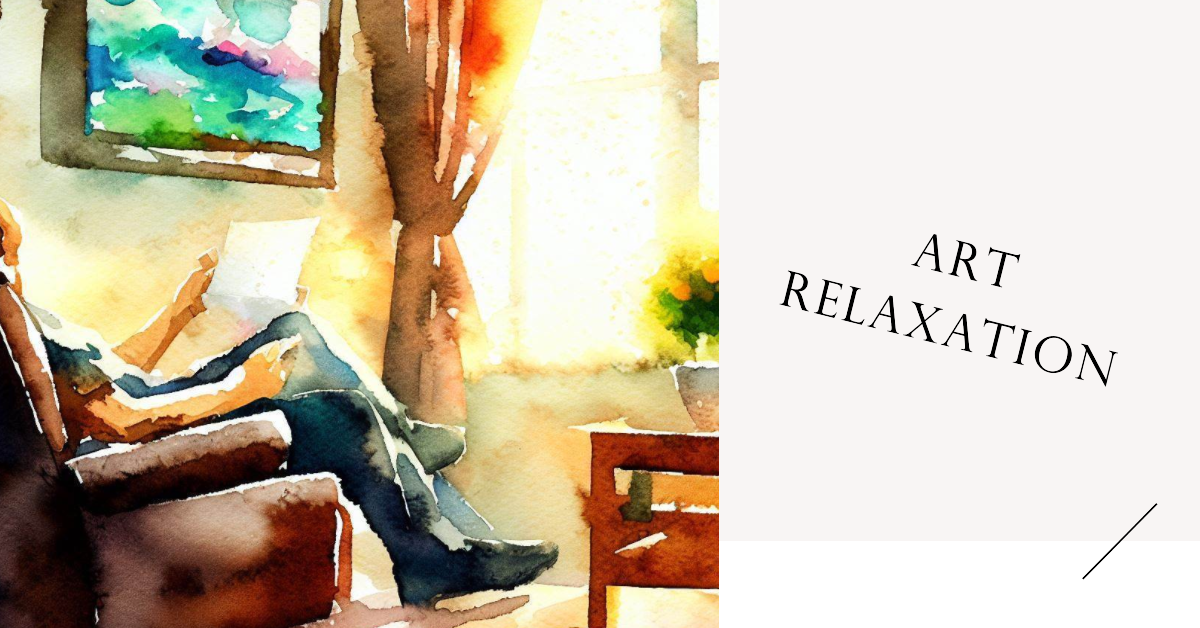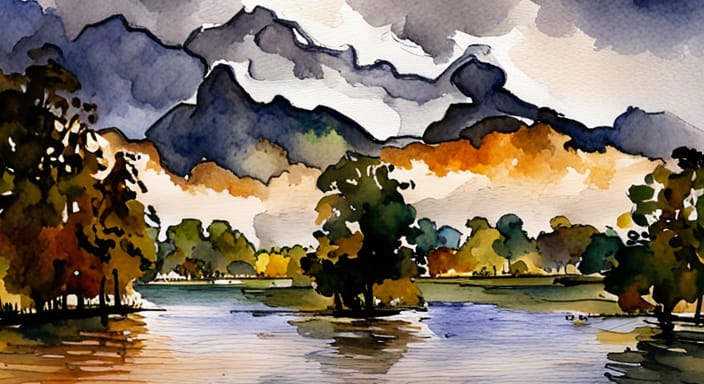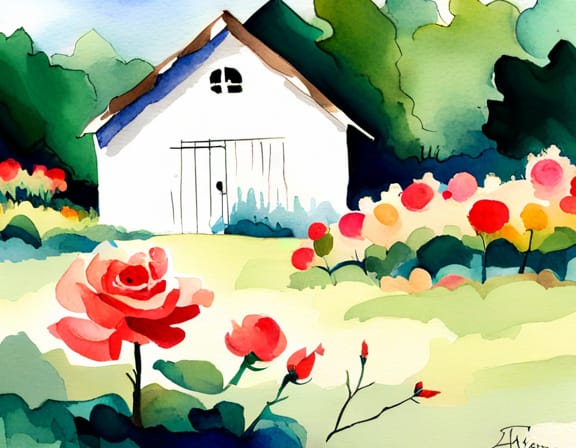
Watercolor painting is back and better than ever! Discover the latest watercolor trends and take your work to the next level. From minimalism to mixed media, botanicals to bold colors, there’s something for everyone. Read on to learn how you can incorporate these trends into your own work and create stunning compositions that will leave your audience in awe!
Watercolor – a Versatile Medium
Watercolor painting is a versatile medium that can be used to create a wide range of effects. From delicate washes to bold splashes of color, watercolor can be used to create a variety of moods and atmospheres. In this section, we will provide an overview of watercolor painting and its history.
Watercolor Techniques
There are many different techniques that can be used when working with watercolors. Some of the most popular techniques include wet-on-wet, wet-on-dry, and dry-brush. Each technique produces a different effect and can be used to create a variety of textures and patterns.
Wet-on-Wet
Wet-on-wet is a technique where wet paint is applied to wet paper. This technique produces soft edges and blends colors together.
Wet-on-Dry
Wet-on-dry is a technique where wet paint is applied to dry paper. This technique produces hard edges and allows for more control over the paint.
Dry-Brush
Dry-brush is a technique where very little water is used with the paint. This technique produces a rough texture and can be used to create interesting effects.
Watercolor Styles
There are many different styles of watercolor painting. Some of the most popular styles include traditional, contemporary, and abstract.
Traditional
Traditional watercolor painting is characterized by its realistic depictions of landscapes, still lifes, and portraits. This style often uses muted colors and soft edges to create a sense of tranquility.
Contemporary
Contemporary watercolor painting is characterized by its bold use of color and experimental techniques. This style often incorporates other mediums such as ink or acrylic paint.
Abstract
Abstract watercolor painting is characterized by its use of color and form to create non-representational images. This style often uses bold colors and strong lines to create dynamic compositions.
Watercolor Trends
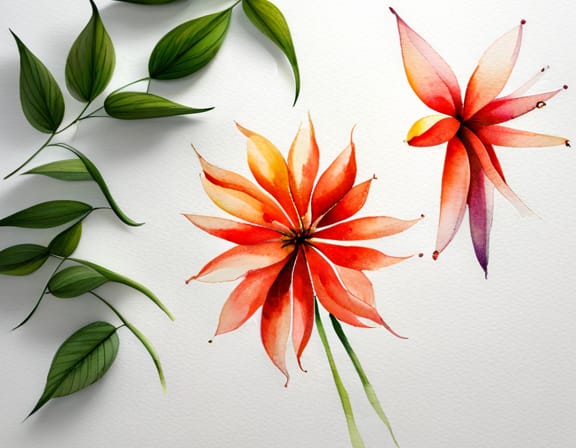
Watercolor painting has seen a resurgence in popularity in recent years. Some of the latest watercolor trends include:
Minimalism
Minimalism is a trend that has been gaining popularity in recent years. This trend focuses on simplicity and uses minimal colors and shapes to create striking compositions.
Mixed Media
Mixed media is another trend that has been gaining popularity in recent years. This trend involves combining watercolors with other mediums such as ink or acrylic paint to create unique effects.
Botanicals
Botanicals have always been a popular subject for watercolor painting. In recent years, this trend has seen a resurgence in popularity with many artists exploring new ways to depict flowers, leaves, and other plant life.
Watercolor Trends in 2023
- Metallic watercolors: These watercolors have a shimmering effect that adds sparkle and shine to your paintings. You can use them to create stunning backgrounds, highlights, or accents. Metallic watercolors are especially popular for painting flowers, jewelry, or fantasy scenes.
- Granulating watercolors: These watercolors have a textured appearance that creates a sense of depth and dimension. They are ideal for painting landscapes, rocks, or buildings. Granulating watercolors can also be mixed with other colors to create interesting effects.
- Watercolor pencils: These are pencils that can be used to draw and sketch, and then activated with water to create a watercolor effect. They are convenient, portable, and easy to use. You can use them to create fine details, outlines, or shading. Watercolor pencils are great for beginners or for adding finishing touches to your paintings.
- Watercolor markers: These are markers that have water-soluble ink that can be blended with water or other colors. They are similar to watercolor pencils, but offer more control and precision. You can use them to create bold strokes, gradients, or patterns. Watercolor markers are fun and versatile for creating different styles and effects.
- Watercolor gouache: This is a type of watercolor that has a higher pigment content and a more opaque finish. It can be used to create vibrant colors, solid shapes, or crisp edges. It can also be layered over other watercolors without lifting or blending. Watercolor gouache is perfect for painting illustrations, cartoons, or posters.
- Watercolor inks: These are liquid watercolors that have a high intensity and a fluid consistency. They can be used to create smooth washes, drips, or splatters. They can also be mixed with other mediums such as acrylics, oils, or collage. Watercolor inks are ideal for creating abstract, expressive, or experimental paintings.
- Watercolor pastels: These are soft pastels that can be used to create soft colors, smooth transitions, or fuzzy effects. They can be applied dry or wet, and blended with water or other colors. They can also be used over other watercolors to create highlights, contrasts, or textures. Watercolor pastels are suitable for painting portraits, animals, or flowers.
- Watercolor collage: This is a technique that involves combining watercolors with other materials such as paper, fabric, lace, or stickers. It can be used to create layers, patterns, or textures. It can also be used to add interest, dimension, or meaning to your paintings. Watercolor collage is a creative and fun way to express yourself and your ideas.
- Watercolor monochrome: This is a style that involves using only one color or different shades of the same color in your paintings. It can be used to create a minimalist, elegant, or dramatic effect. It can also be used to emphasize the value, contrast, or mood of your paintings. Watercolor monochrome is a challenging and rewarding way to improve your skills and explore your emotions .
- Watercolor mixed media: This is a technique that involves using watercolors with other mediums such as acrylics, oils, charcoal, or graphite. It can be used to create different textures, effects, or styles. It can also be used to enhance the realism, expressionism, or impressionism of your paintings. Watercolor mixed media is an adventurous and exciting way to experiment with new possibilities and combinations.
Conclusion
Watercolor painting is a versatile medium that offers endless possibilities for creativity. Whether you are interested in traditional or contemporary styles, there are many different techniques and trends to explore. By incorporating some of the latest watercolor trends into your work, you can create unique and striking compositions that are sure to impress.
